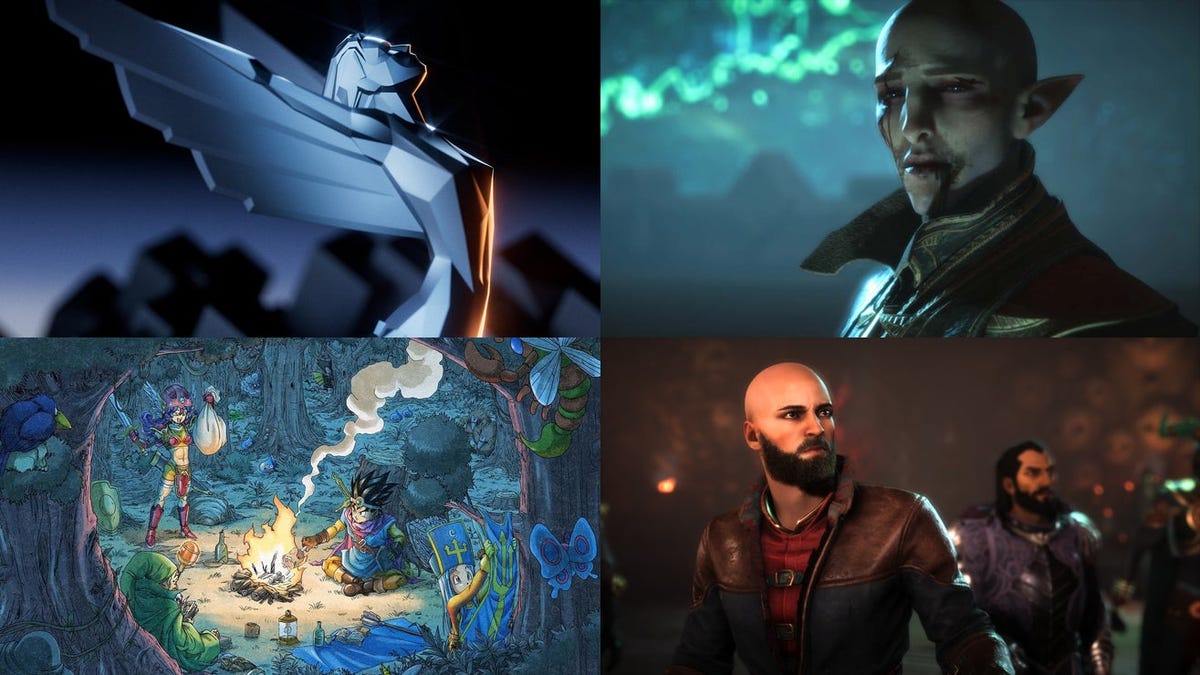The gaming industry has seen its fair share of boom-and-bust cycles, characterized by developers scrambling to release similar versions of the latest hit, only to watch most, if not all, flounder. A prime example of this was the wild rush to dethrone World of Warcraft (WoW) with the so-called “WoW killer” games. This mythical title was bestowed upon a slew of massively multiplayer online role-playing games (MMORPGs) that aimed, but ultimately failed, to challenge Blizzard’s global powerhouse and rake in subscription riches for decades.
I had a front-row seat to this unfolding drama. My adventure into games journalism kicked off in 2004, just as WoW was making its debut. My obsession with the game nearly derailed my budding career, yet it somehow pivoted into an opportunity. I became known for diving deep into a game genre that many writers couldn’t or wouldn’t tackle due to its complexity and time demands. My journey took me to numerous preview events for MMORPGs, each heralded by enthusiastic PR experts claiming it was the next “WoW, but with a twist.” By 2008, I was recruited by Eurogamer to lead their brief-lived MMO section, experiencing firsthand why this ambitious gold rush was doomed from the get-go.
One major pitfall was that WoW, especially during its peak era from 2004 to 2010, was simply unparalleled. Plus, chasing after a hit is rarely advisable, especially in the realm of social, online games. The most successful games draw intensely loyal audiences who are invested for the long run, uninterested in moving on to something else.
These communities become entrenched within their fandoms, caring less about cutting-edge graphics and technical leaps, while their ever-evolving games introduce significant innovations internally. Slapping a beloved franchise like Star Wars on a game doesn’t guarantee success either, since fans are far more drawn to the connections formed within their gaming communities.
Yet, surprisingly, the industry keeps repeating this mistake with online games. Take Concord, for example, which spectacularly failed earlier this year in its attempt to usurp Overwatch’s hero-shooter crown. In the spirit of reflection and a touch of humor, let’s revisit some games that tried—and failed—to dethrone WoW…and the rare few that came close.
The Lord of the Rings Online (2007): This title gets a bit of a pass since aiming for a Middle-earth MMO predates WoW’s dominance. Developed by MMO specialist Turbine, expectations weren’t initially high until publisher WB Games boosted its aspirations. Though sound, the game’s design was clearly outclassed by WoW. Still, it’s managed a small but enduring fanbase.
Age of Conan (2008): Funcom ambitiously tried to infuse an MMO with stunning graphics, gore, and real-time combat, inspired by Robert E. Howard’s fantasy world. Publisher Eidos went all-in, but despite lavish press events and much fanfare, the game’s launch was a disaster, and it quickly flopped.
Warhammer Online: Age of Reckoning (2008): On paper, EA’s foray seemed foolproof; it leveraged the Warhammer license and the talent from Dark Age of Camelot. Despite a hefty budget, the game’s narrow focus didn’t capture the variety players enjoyed in WoW. It was discontinued in 2013.
APB: All Points Bulletin (2010): With all the makings of a hit from GTA’s creator, APB aimed high but flopped spectacularly due to a lack of engaging gameplay. After its rocky launch and Realtime Worlds’ bankruptcy, attempts to revive it fell flat.
Rift (2011): Emerging from the MMO frenzy, Trion Worlds highlighted advanced tech but their main offering, Rift, despite all its promise, failed to engage.
Star Wars: The Old Republic (2011): EA’s rich Star Wars-themed MMO, developed by the renowned BioWare, initially drew massive attention. While many players moved on after finishing the story, perseverance has kept it alive and evolving since its successful free-to-play relaunch.
Guild Wars 2 (2012): Guild Wars 2 shone with refined combat and pioneering mechanics. Yet, despite these strengths, it couldn’t match the ambitions placed upon it, mostly because WoW remained a formidable and ever-evolving rival.
WildStar (2014): Taking cues from Blizzard’s WoW team, WildStar tried to cash in on the MMO trend with vibrant graphics and action-forward gameplay. But lacking a clear reason beyond competing with WoW, it eventually shut down.
The game that nearly toppled WoW
Final Fantasy 14 (2013): Credit goes to Square Enix for their sheer tenacity. Unlike others, their motivation extended beyond eclipsing WoW. After a rocky start with FF14, they overhauled it under producer Naoki Yoshida’s guidance. The reboot excelled, and Square Enix’s commitment paid off when WoW faced challenges, allowing FF14 to rise as a worthy competitor. Now, it stands as the rival WoW always needed, capturing fans and solidifying its place in the MMORPG landscape.







![[FREE Game Giveaway] Win Lost Records: Bloom and Rage for PlayStation 5 (NA Region) [FREE Game Giveaway] Win Lost Records: Bloom and Rage for PlayStation 5 (NA Region)](https://www.gamerlounge.co.uk/wp-content/uploads/2025/04/FREE-Game-Giveaway-Win-Lost-Records-Bloom-and-Rage-for-360x180.jpg)







































